what determines the number of drugs covered on the formulary (drug list)?
the number of drugs covered depends on the type of plan. public plans cover an average of 5,000 drugs. for example, the ontario drug benefit (odb) covers the cost of about 5,000 drugs, while quebec (ramq) covers the most, at around 8,000.
private plans tend to fund more drugs than public plans — between 10,000 and 14,000, and most rely on insurance companies to provide the list of drugs covered (the formulary).
how are drug plans able to provide coverage for drugs?
with about 14,000 drugs on the canadian market, some of which cost $3 million per person per year, it is important to consider different strategies to manage the formulary in order to be able to continue to provide drug coverage. this includes deciding which drugs to add to a plan and whether they will be in addition to therapies that are already covered, or replace existing ones.
another strategy to keep plans sustainable is called “step therapy.” for more high-cost or specialized drugs, plans may require claimants to have tried other therapies first, often referred to as first-, second- or third-line therapies. for example, before paying for medications like ozempic (semaglutide) which treats type 2 diabetes, plans may require patients to try metformin — which is considered a first-line therapy — and one other therapy such as sulfonylureas.
 6 minute read
6 minute read








